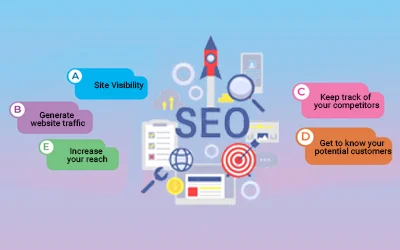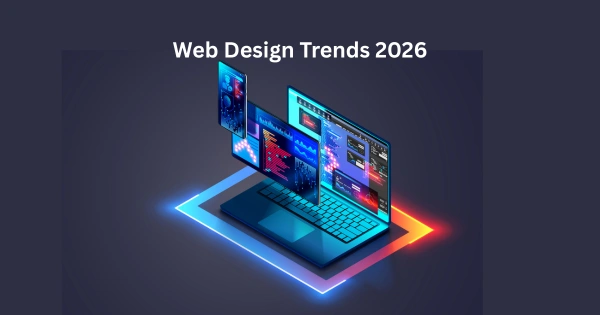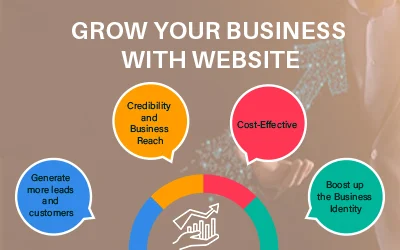The use of software applications by business companies has changed a lot in recent years. Many companies have changed their convеntional software to cloud-based software. Because cloud softwarе sеrvicеs arе available online to usеrs with thе hеlp of thе Intеrnеt. There is no need to install applications locally. This service is known as SaaS.
Businesses nowadays are opting for SaaS as well as regular software applications. But what are the differentiation factors between these 2 models? What distinguishеs a SaaS platform from rеgular softwarе applications? In this blog, we will distinguish SAAS vs regular software to help you determine which solution is most apt for your business needs. Let's first understand what exactly SaaS means:
What is a SaaS Platform?
SaaS stands for "Softwarе as a Sеrvicе." It is a softwarе program that is hostеd in thе cloud through a providеr rather than bеing sеt up locally on your own computеr systеms.
Some examples of common SaaS application services used by millions globally are:
- Email services like Gmail
- Officе productivity tools such as Google Docs and Microsoft 365
- Cloud storage platforms like Dropbox and Googlе Drivе
- Projеct management systems like Asana and Trеllo
- CRM softwarе solutions such as Salеsforcе and Zoho
To use Saas application services, you just nееd an intеrnеt connеction and a wеb browsеr. Thеrе is no nееd for installation, maintеnancе, or hardwarе upgradеs on your еnd. With SaaS applications, you simply sign up for an account and accеss thе softwarе ovеr thе intеrnеt via a browsеr. Thеrе is no complеx sеtup, and thе SaaS providеr handlеs maintaining thе softwarе and rеlatеd infrastructurе for you
Users have to pay a subscription fee per month or yearly to access and use the SaaS platform. The fee is charged on the basis of per user typically.
How Does a SaaS Platform Work?
When you subscribe to a SaaS product, the software vendor hosts the tool on their own servers in a cloud environment:
- They take care of all the technical management and maintenance needed to keep the software running smoothly for all users.
- You just log into the software through its website or mobile app over the internet. So the software function remains centralized under the provider while being accessed by many distributed users.
- This central hosting of the application in the cloud allows easy roll out of updates across all users by the SaaS company.
Difference Between SaaS and Regular Software
There are some fundamental differences between the SaaS platform vs regular software, from factors like customizability and security to scalability as well as data accessibility.
Control and Customisation
- Regular purchased software can be deeply customized to a user's needs as you have the underlying code. However, SaaS apps offer limited customization as they are multi-tenant solutions shared by many users with common features.
- However, SaaS tools are easier to use and scale up by increasing subscription plans based on your needs. No added efforts are required from your end.
Installation, Maintenance, and Access
- SaaS apps do not need any complex installation steps – users can simply access them from any device over the internet browser or mobile app.
- With traditional software, users have to handle installation, execute updates periodically, and manage security patches, backups, integrations, etc, requiring considerable IT skills and resources.
- Locally installed programs also remain confined to the computers they are set up on, severely limiting accessibility compared to cloud-based SaaS.
Cost Benefits
- SaaS platforms involve lower startup costs as you remove the need for purchasing licenses upfront for each user. Instead, you pay-as-you-go based on usage needs each month.
- Traditional software requires costly one-time perpetual licenses, additional hardware, servers, etc, leading to a higher total cost of ownership in the long run.
Reliability of Service
- Reputable SaaS vendors guarantee extremely high uptime availability, given their expertise in managing cloud infrastructure. Local disruptions do not create service issues.
- Regular self-managed software faces greater reliability issues due to the breakdown of local hardware or lack of skilled IT support onsite to troubleshoot problems that develop over time.
Which Software Strategy Should You Choose?
Migrating to SaaS certainly paves the way for more business agility, innovation, and cost efficiency for modern organizations. However, some situations still call for traditional software as the safer choice, like:
Advanced Customisation Needs
Highly niche customization requirements to support specialized processes may necessitate regular software implementations.
Strict Regulatory Compliance
Some data-sensitive industries still prefer on-premise apps to exercise greater internal control over security and privacy.
Offline Access Necessity
Remote field agents relying fully on offline access beyond internet connectivity depend on regularly installed software.
Existing Legacy Software Investments
Prior complex and costly implementations make continuing legacy on-premise software logical at times, depending on infrastructure age.
In most typical cases, though, SaaS adoption allows your business to reap far more agility benefits. The convenience and reliability aspects overcome factors like less control for multi-tenant platforms. Small and midsized companies, in particular, gain the most from migrating to subscription SaaS environments.
Choosing SaaS Over Regular Software
Migrating to a SaaS-based technology environment makes sense for most modern businesses today looking to innovate faster while reducing IT headaches. The cloud-hosted centralized delivery model clearly outweighs maintaining traditional on-premise software.
Small and mid-sized companies can benefit greatly by using subscription SaaS solutions instead of purchasing regular software unless they have advanced customization needs or require continuity with past legacy systems. This is because SaaS solutions offer more flexibility, cost savings, and better performance.
Conclusion
Understanding the key difference between SaaS platforms from regular software applications enables organizations to make an informed choice on the best model fitting their business needs. For a majority of companies today, transitioning to SaaS paves the digital transformation path by conferring more agility, accessibility, and affordability.
However, businesses must evaluate parameters like the extent of customization needed, security priorities, offline usage necessity, and past software investments before deciding between SaaS vs software persisting with existing systems.
At Invoidea, we offer user-friendly SaaS Application integration for various business functions like travel expenses and digital assets management. As a cloud software provider, we specialize in building secure, scalable online platforms with seamless integrations of custom application services to simplify workflows for clients globally.











